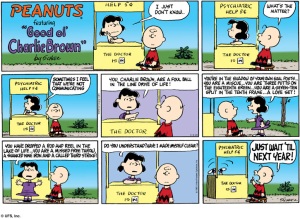For this writing tools activity I will be doing Writing Tool # 37: In short works, don’t waste a syllable. Clark stresses the importance of polishing writing with “wit” and keeping it short and simple for the reader. He tells us that the this tool has three strengths to it which include: power, wit, and polish. With this the reader will see the ending from the get go and be more entailed to finish the story. This week I will be using this tool through OPTION 1. Below I have provided an original passage followed by a revision.
Original
Throughout my years at Culver Academies, I had always enjoyed writing, whether it was creative or research. I found one kind of voice my freshman year, but by the end of my senior year that voice was completely different. By senior year, I had significantly improved my writing voice in many aspects, whether it was in organization or mechanics. This is the same case after my first year here at Colorado College. Leaving high school, I knew I wasn’t the best writer, but I was able to convey my visions through words in an organized manner. I felt prepared for any type of writing that I would be assigned in class before arriving to Colorado College. I knew, however, that the transition of workload was not going to be an easy one, but I was prepared for a challenge.
Revision
While at Culver Academies, I had always enjoyed all forms of writing. Freshman year I found a voice, but that changed by senior year. (deleted sentences that were irrelevant) Coming to CC, I knew I wasn’t the best writer, but was capable of conveying my visions (through words…deleted) in an organized manner, and felt prepared to write at CC. I knew the transition of workloads would be challenging, but that didn’t stop me.
After doing this revision, I am hoping that my revision is more powerful than the original because of how short and to the point it is with the words that I chose. I want the readers to understand where I am going with this paragraph.
